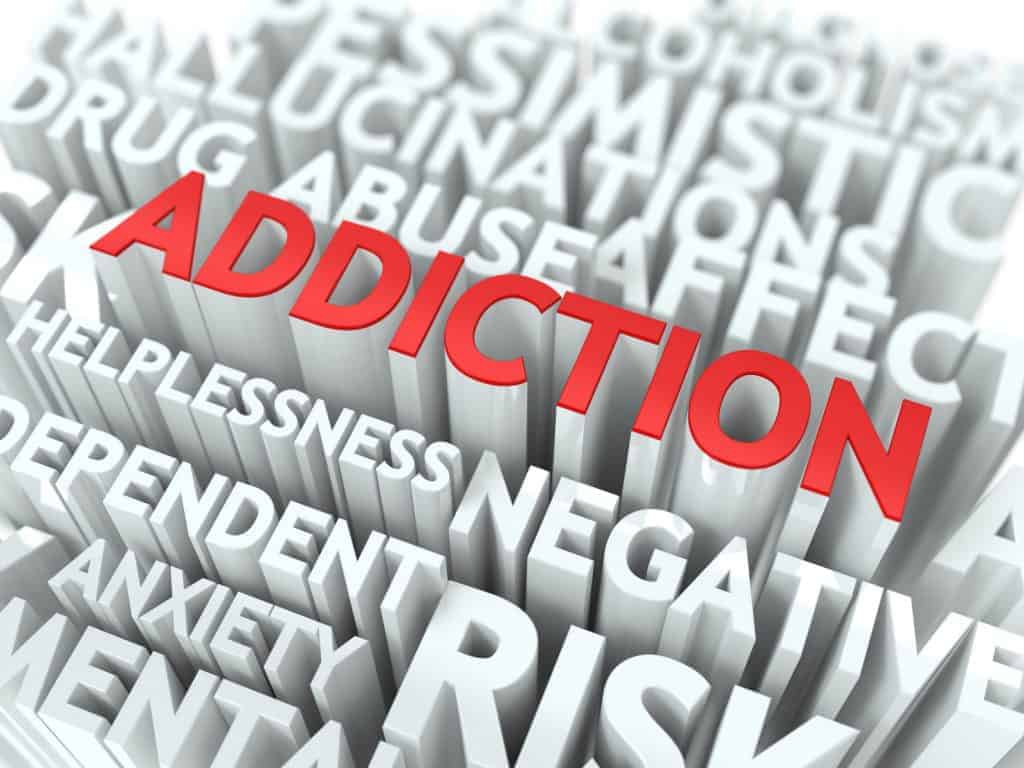Sex addiction is prevalent. The National Council on Sexual Addiction Compulsivity has suggested that up to 8% of Americans suffer from sex addiction. This includes up to 24 million people.
Viable treatment options need to be promoted and further developed. Here are several to consider, under five categories.
1. PSYCHOTHERAPY
Psychodynamic Psychotherapy
The focus in this treatment is to enhance the client’s awareness of their unconscious thoughts and behaviors. The goal of this awareness is to allow the client to reduce harmful behavior as new insights lead to the resolution of conflicts. This is especially useful in identifying trauma that may be a contributing factor.
Cognitive Behavioral Therapy
This treatment focuses on the client identifying and changing unhealthy cognition, those thoughts that are triggering the negative behavioral patterns. Also, prioritizes teaching the client impulse reduction techniques. Goals include relapse prevention and developing the ability to create healthy relationships.
2. SEROTONINERGIC DEPRESSANTS & OTHER MEDICATIONS
Serotoninergic (SSRI) antidepressants, antiseizure medications, naltrexone, and medications that decrease male hormones have been found to decrease the compulsive urges and/or impulses associated with sexual addictions for some sufferers.
This is NOT the intended use of these drugs and the effect has not been thoroughly researched. However, many mental wellness coaches and health practitioners believe it works.. I am not going to attempt to hide my aversion to this option.
In mental health disorders that result from atypical brain chemistry, like schizophrenia, I have no issue with medications. Also, in acute times of crisis, medication can literally save lives. Beyond that, however, I see it as a band-aid over a large gaping wound.
3. SELF-CARE
This encompasses all the daily actions a person takes to ensure their body remains or becomes as physically healthy as possible. A healthy body promotes a healthy mind and the adoption of healthy habits can teach someone to regard themselves as valuable, which further diminishes damaging behaviors.
4. GROUP THERAPY, FAMILY THERAPY & COUPLES THERAPY
Group Therapy
This method is often recommended, valuable due to the opportunity of a client to benefit from a supportive network of peers with an understanding of their problem. It should be noted, however, that these groups specifically are not recommended to be co-ed.
Another point relating to group therapy is the prevalence of 12 step self-help style groups. While these can be beneficial, there is no oversight, they are not separated based upon gender (usually), and the spiritual component complicates further the already complex task of treatment.
Family Therapy
This allows for the identification of negative relationships and patterns of behavior, also provides assistance for those who have been negatively impacted by the hypersexual. The goal is to promote a positive, supportive family that can assist the client how to have a healthy relationship.
Couples Therapy
The goals here are much the same as the other two in this group, except it is important to remember that the significant other of a hypersexual often has a sexual disorder as well. Also, treatment of sexual addiction often adversely affects romantic relationships.
5. RESIDENTIAL SEXUAL ADDICTION TREATMENT
The stated benefits of this option include the ability to focus exclusively on treatment, interact with peers with similar issues, and learn how to have healthy relationships. My feelings on this remain skeptical.
The Mayo Clinic says “People with other addictions or severe mental health problems or who pose a danger to others may benefit from inpatient treatment initially.” That is not the most ringing endorsement, especially when the next sentence begins with “Whether inpatient or outpatient..”
Sources
Kaplan, M. S., & Krueger, R. B. (2010). Diagnosis, Assessment, and Treatment of Hypersexuality. Journal Of Sex Research, 47(2/3), 181-198.
http://www.psychguides.com/guides/sex-addiction-treatment-program-options/



